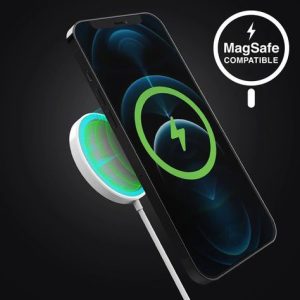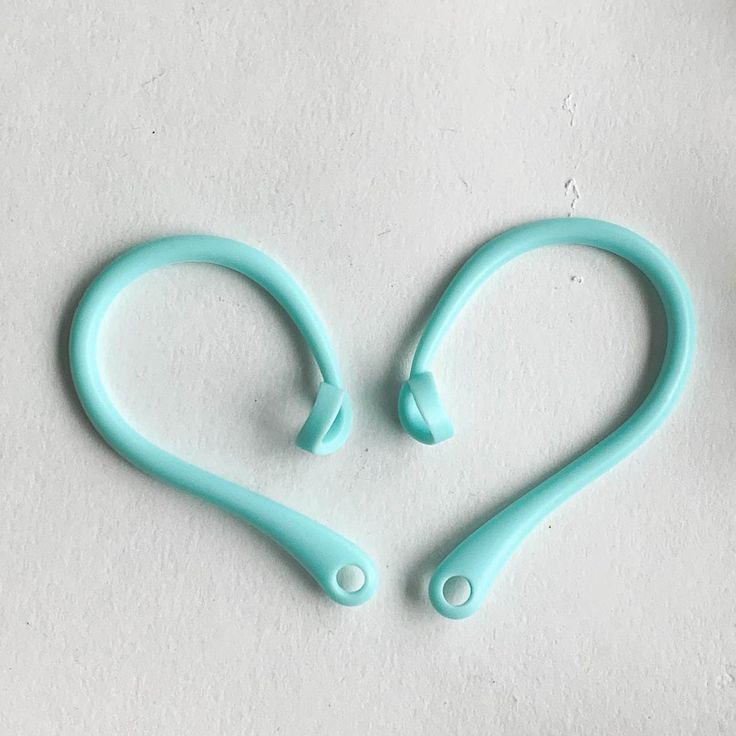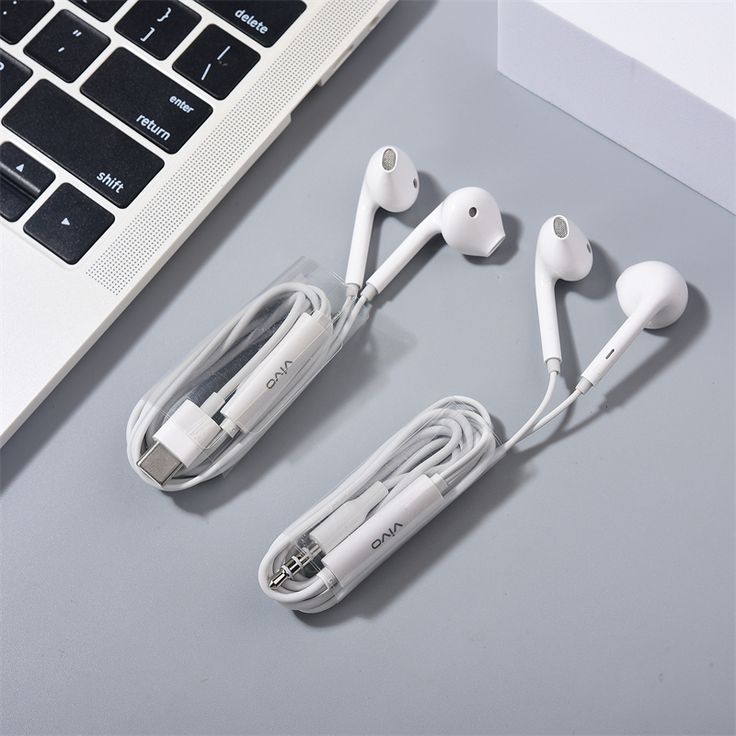How does a wireless charger work? Imagine a world where you can simply place your phone on a pad and watch it charge. No more fumbling with cables or worrying about tangled wires. That’s the magic of wireless charging! This technology transmits energy wirelessly to your device, offering a convenient and modern way to keep your phone juiced up. But how exactly does it work?
The Science Behind the Magic
Wireless charging relies on a scientific principle called electromagnetic induction. Here’s a simplified breakdown:
The Base:
A wireless charging pad contains a coil of wire. When electricity flows through this coil, it generates a magnetic field.
The Magic Field:
This magnetic field is invisible, but it extends a short distance above the charging pad.
The Receiver:
Your phone (or other compatible device) has a receiver coil built into it.
The Transfer of Energy:
When your phone is placed on the charging pad and within the magnetic field, an electric current is induced in the receiver coil within your phone. This current then charges your phone’s battery.
There are two main types of wireless charging:
- Inductive charging: This is the most common type, as described above. Both the charging pad and the device use coils to transfer energy.
- Resonant charging: This less common type uses coils that resonate at the same frequency. Resonant charging can transfer energy over a larger distance but requires compatible devices.

Convenience at Your Fingertips
Wireless charging offers several advantages over traditional wired charging:
- Convenience: Simply place your phone down and walk away – no more searching for cables!
- Reduced Wear and Tear: No more plugging and unplugging, which can damage your phone’s charging port over time.
- Multiple Devices: Some charging pads can charge multiple devices simultaneously.
- Modern Aesthetic: Wireless charging pads can add a sleek, modern touch to your desk or nightstand.
Things to Consider
While wireless charging offers many benefits, there are also some things to keep in mind:
- Slower Charging: In general, wireless charging is slower than wired charging.
- Placement Matters: Your phone needs to be positioned correctly on the charging pad for efficient charging.
- Case Compatibility: Some thick phone cases may interfere with wireless charging.
- Heat Generation: Wireless charging can generate some heat, although most devices have safeguards to prevent overheating.
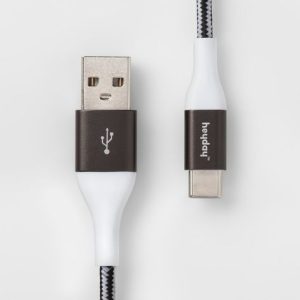
The Future of Wireless Charging
Wireless charging technology is constantly evolving. Here are some exciting possibilities for the future:
- Faster Charging Speeds: Researchers are working on ways to improve charging speeds to match or even exceed wired charging.
- Long-Range Charging: Imagine charging your phone from across the room! Long-range charging is still in development, but it holds promise for the future.
- Wider Compatibility: We can expect more and more devices, like wearables and laptops, to be compatible with wireless charging.
Embrace the Wireless Revolution
Wireless charging offers a convenient and modern way to power your devices. While there are still some limitations, the technology is rapidly evolving. So, ditch the cables and embrace the future of wireless charging!
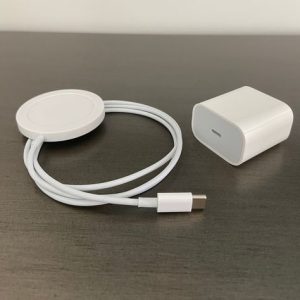
The Power of Proximity: Charging with Convenience
How does a wireless charger work? Wireless charging uses clever science to ditch the wires and provide a more convenient way to keep your devices juiced up. How does a wireless charger work? Here’s a closer look at how it works:
-
The Charging Pad: The base of a wireless charger holds a coil of wire. When electricity runs through this coil, it creates a magnetic field that isn’t visible but exists just above the pad.
-
The Magic of Magnetism: This magnetic field is the key to wireless charging. It doesn’t travel far, but it’s strong enough to interact with your device.
-
The Receiver in Your Device: Your phone (or other compatible device) has a receiver coil built inside. When you place your device on the charging pad, this receiver coil sits within the magnetic field.
-
The Transfer of Energy: That’s when the magic happens! The magnetic field creates an electric current in your device’s receiver coil. This current then charges your device’s battery.
There are two main types of wireless charging:
- Inductive Charging: This is the most common type, as described above. Both the charging pad and the device use coils to transfer energy through a magnetic field.
- Resonant Charging: This less common type uses coils that resonate at the same frequency, allowing for charging over a larger distance. However, resonant charging currently requires compatible devices.
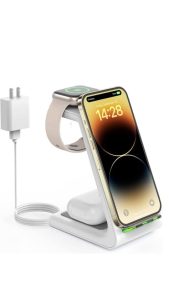
The Future Looks Wireless
Wireless charging technology is constantly evolving, with researchers looking to improve its speed, range, and compatibility. Here are some exciting possibilities for the future:
-
Faster Charging Speeds: Scientists are working on ways to make wireless charging as fast or even faster than traditional wired charging.
-
Long-Range Charging: Imagine charging your phone from across the room! Long-range charging is still in development, but it could revolutionize how we power our devices.
-
Wider Device Compatibility: We can expect more and more devices, like wearables and laptops, to be designed to work with wireless charging pads.
With its focus on convenience and the potential for future advancements, wireless charging is an exciting area of tech development!
Wireless Charging: Unpacking the Science
Wireless charging relies on a scientific principle called electromagnetic induction. Here’s a simplified breakdown:
-
The Charging Pad: The base of a wireless charger contains a coil of wire. When electricity flows through this coil, it generates a magnetic field.
-
The Invisible Field: This magnetic field is invisible, but it extends a short distance above the charging pad.
-
The Receiver in Your Device: Your phone (or other compatible device) has a receiver coil built into it.
-
The Power Transfer: When your phone is placed on the charging pad and within the magnetic field, an electric current is induced in the receiver coil within your phone. This current then charges your phone’s battery.
Remember: Wireless charging uses a magnetic field to transfer energy from the charging pad to your device. This eliminates the need for physical contact and cables.
How does a wireless charger work? When your device is placed on the charging pad and within the electromagnetic field, something interesting happens. The field transfers energy wirelessly to the receiver coil in your device. This energy is then converted into electricity to charge your battery.







